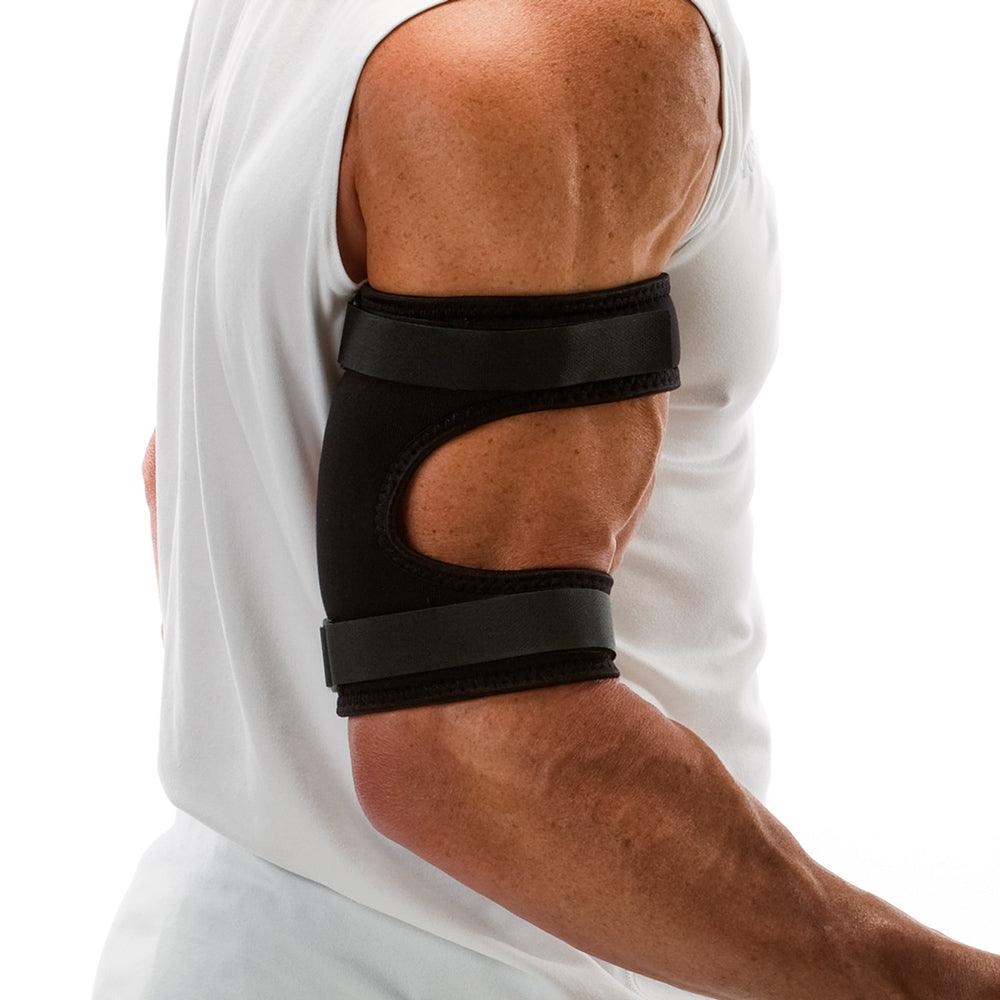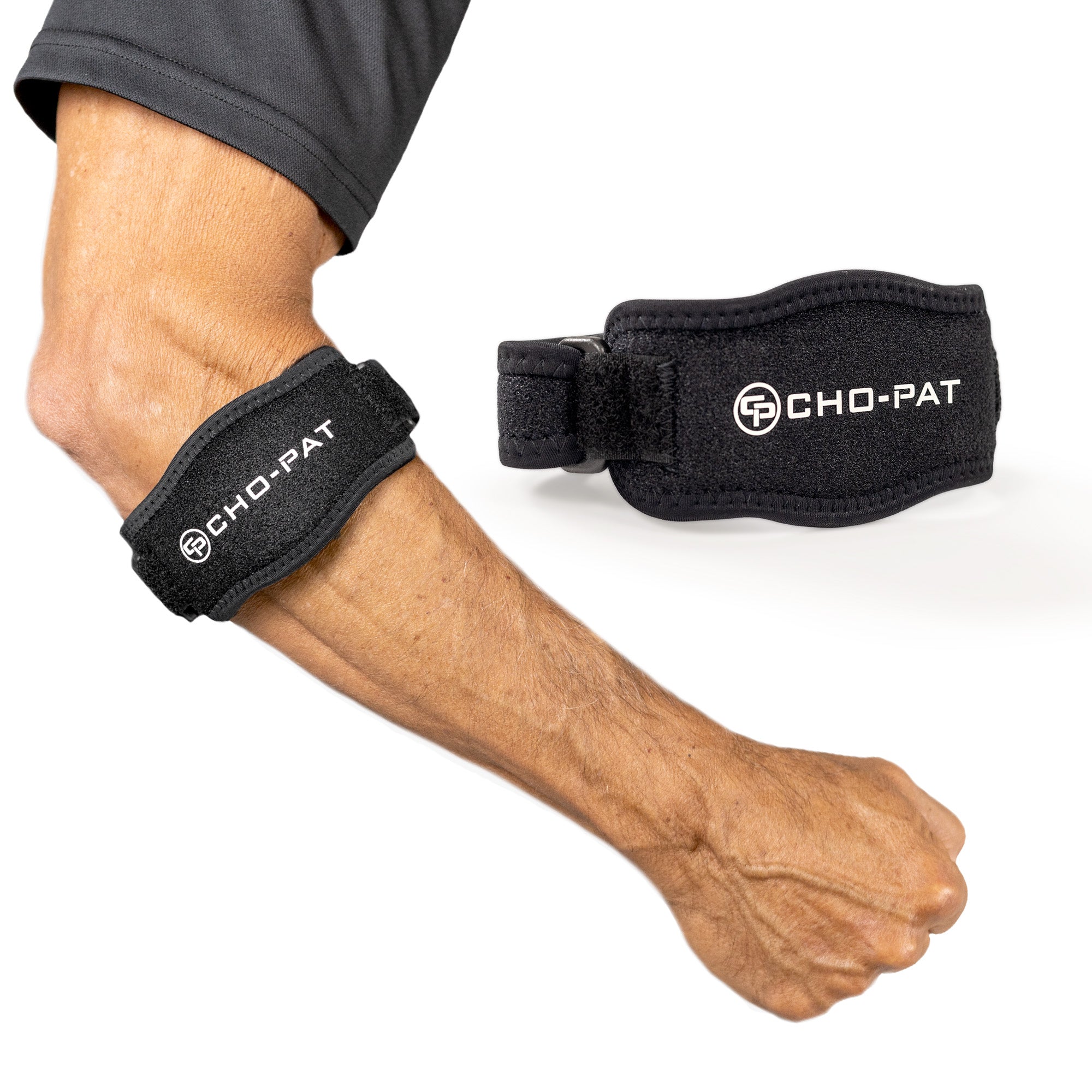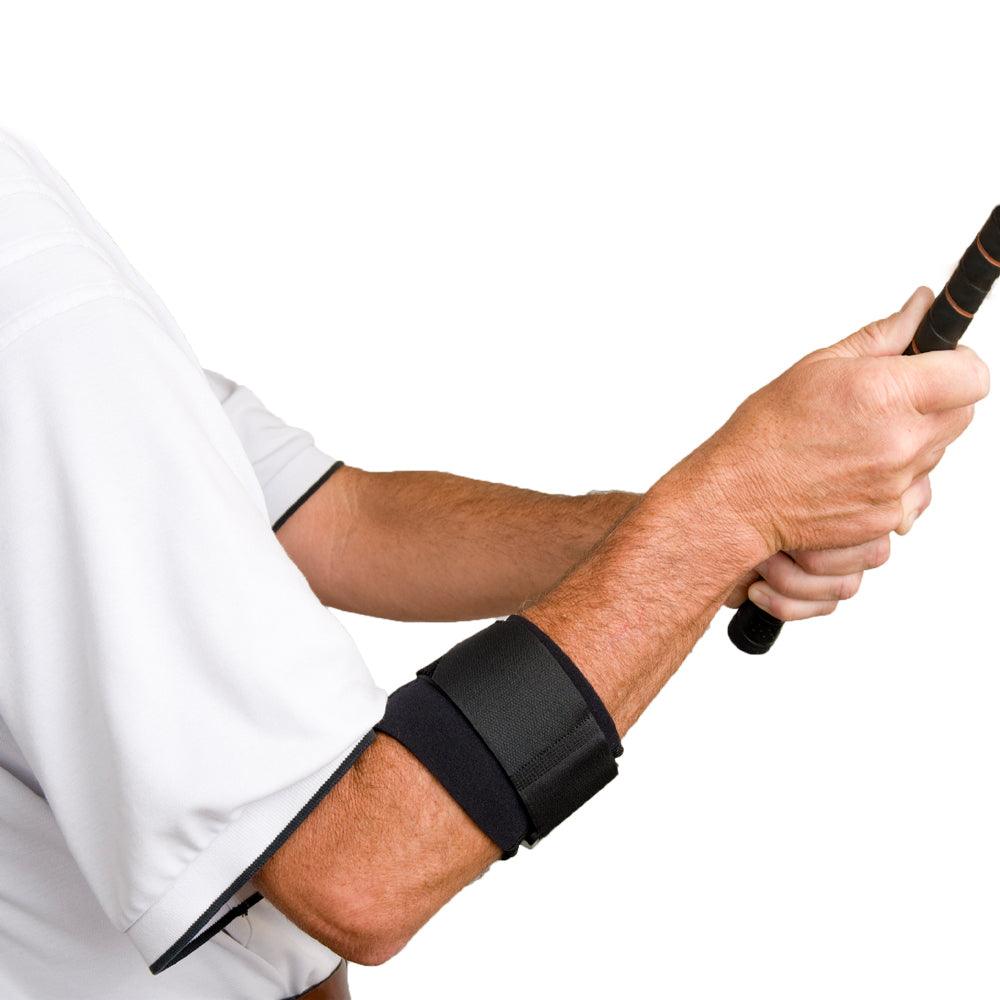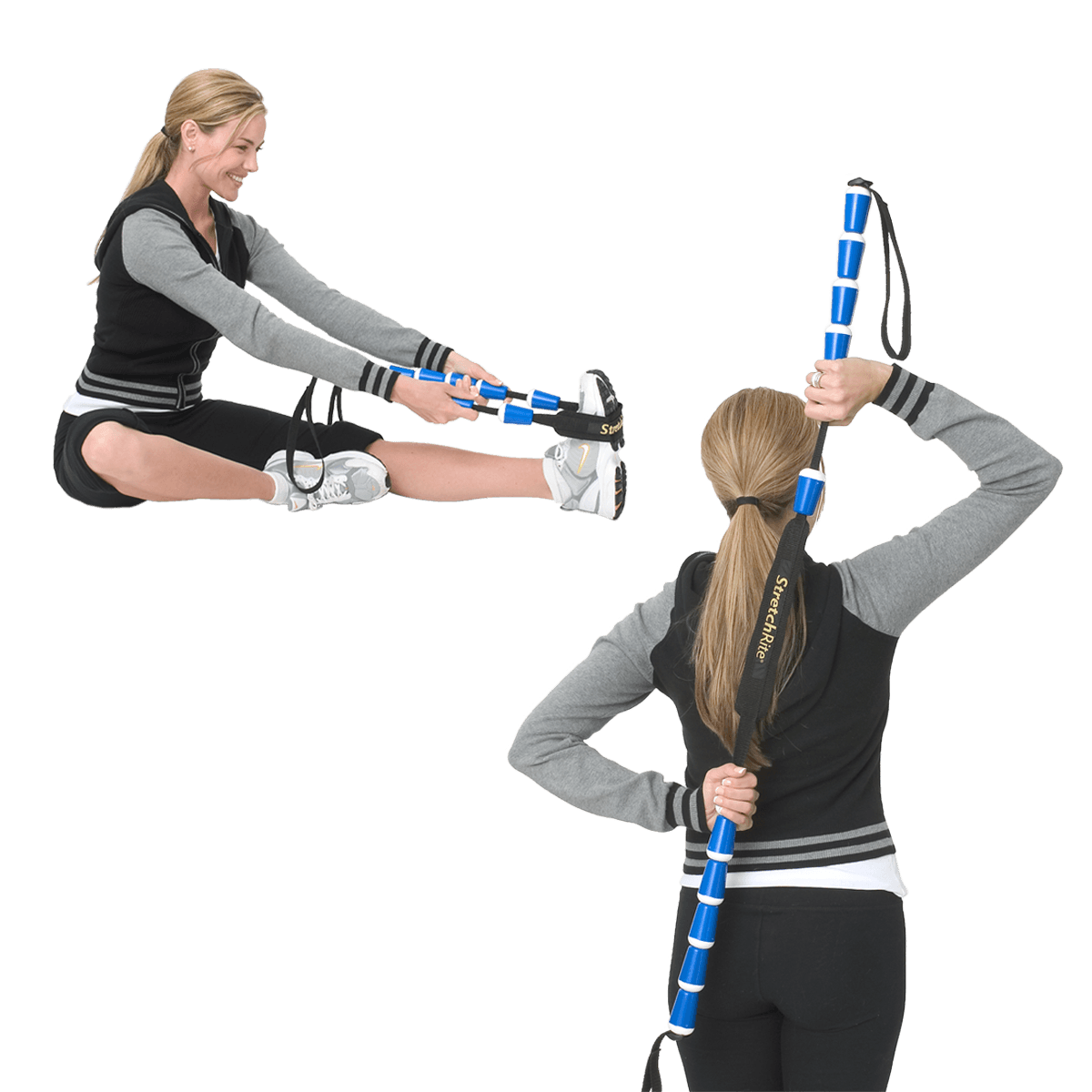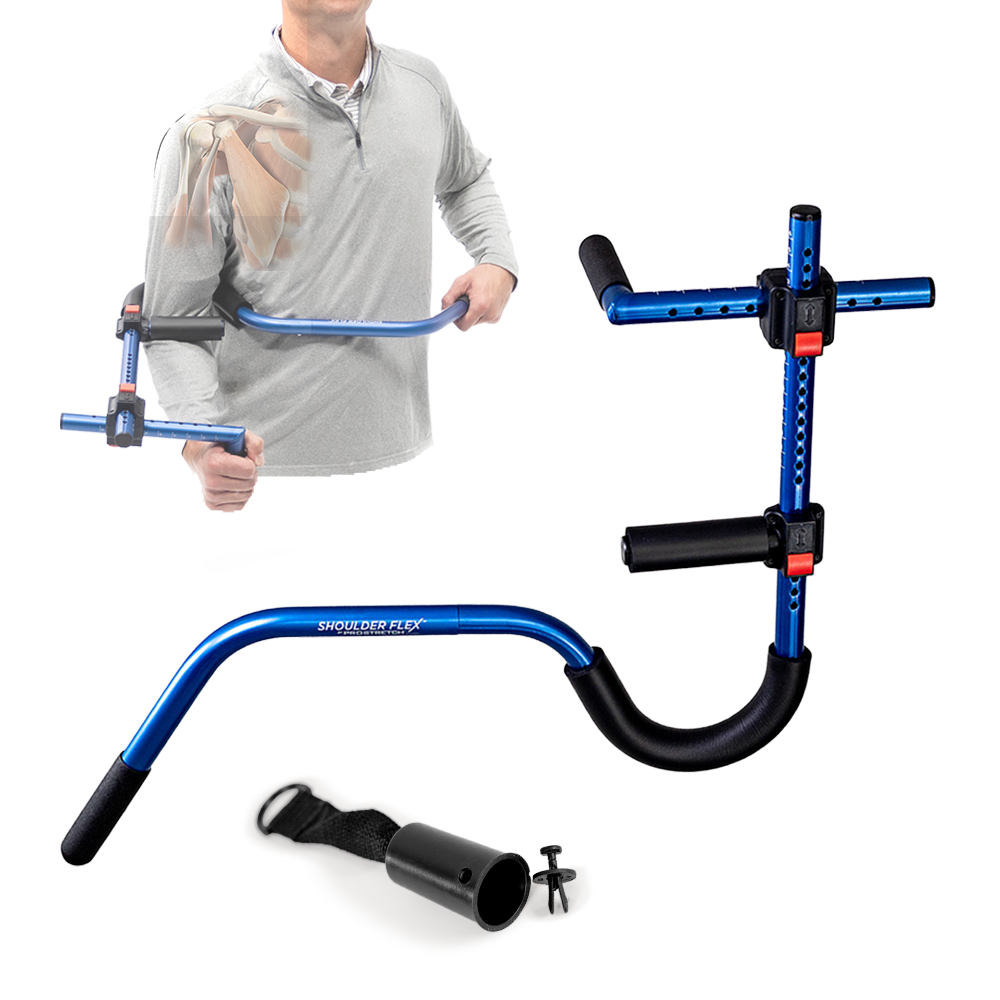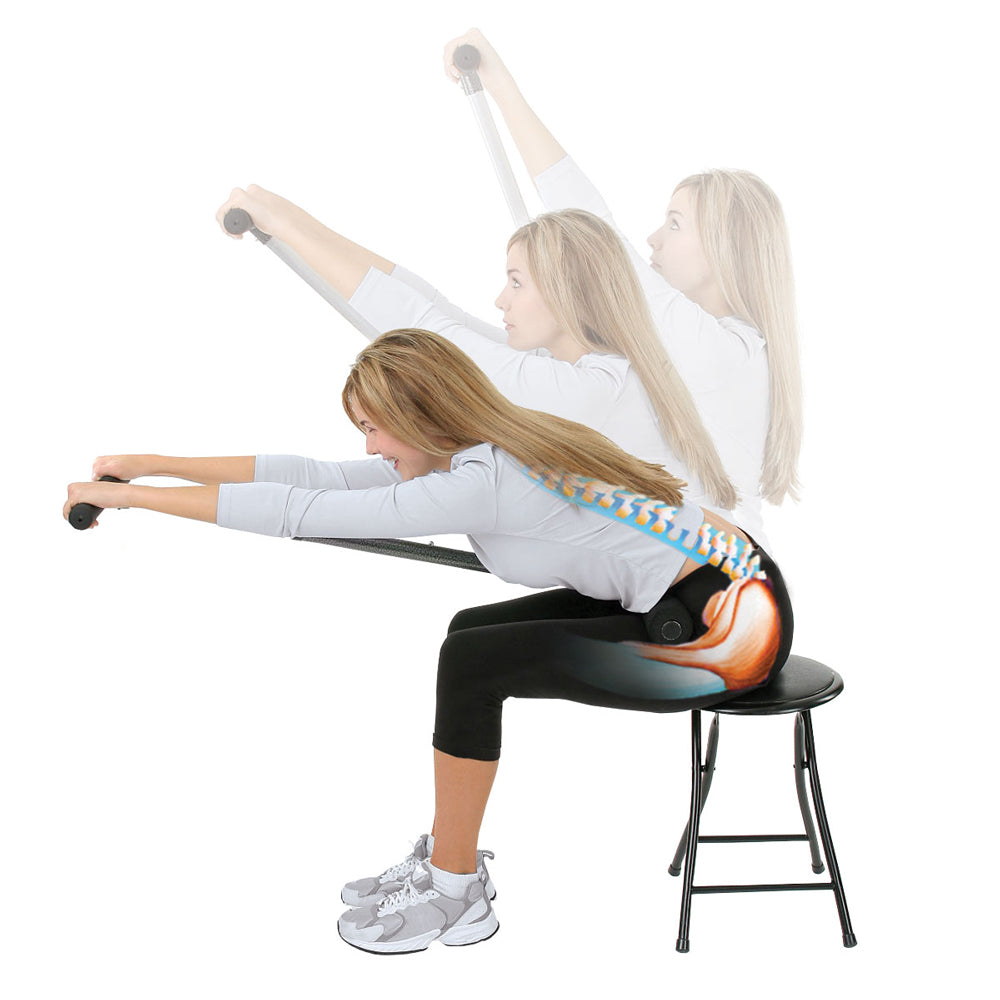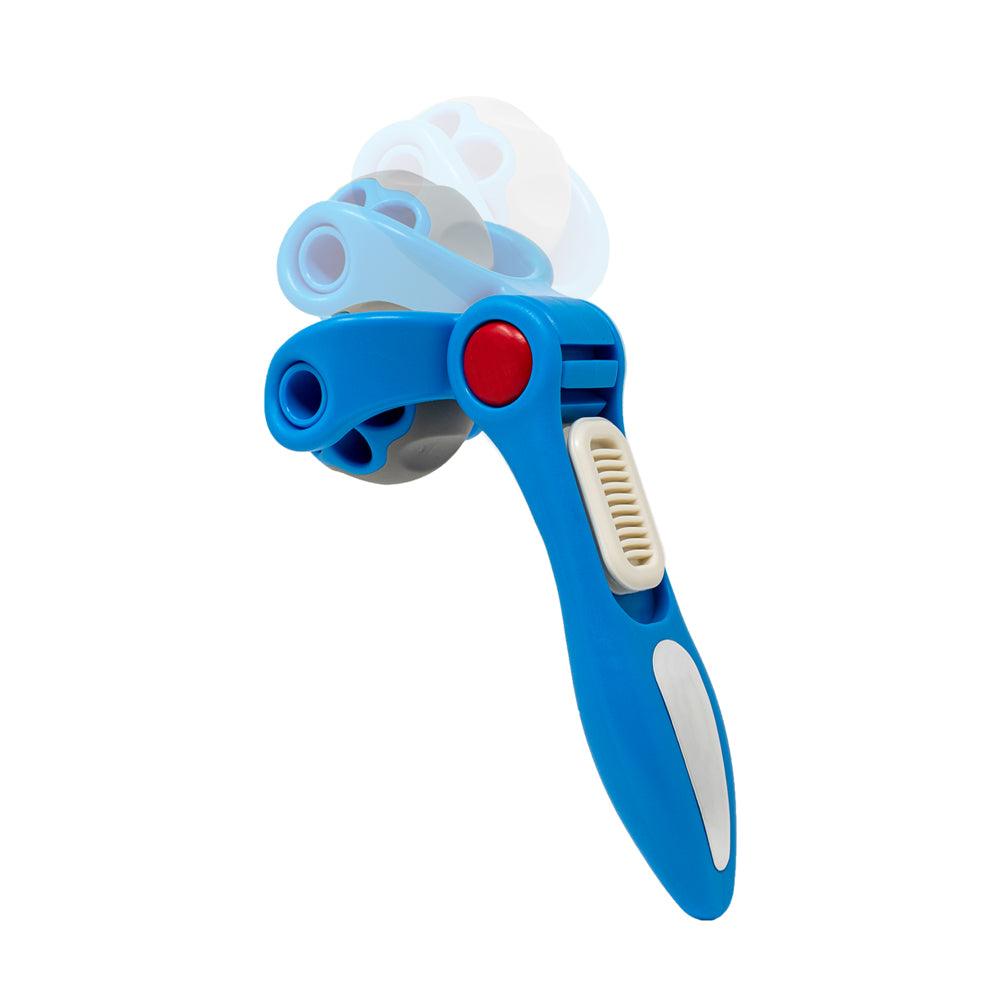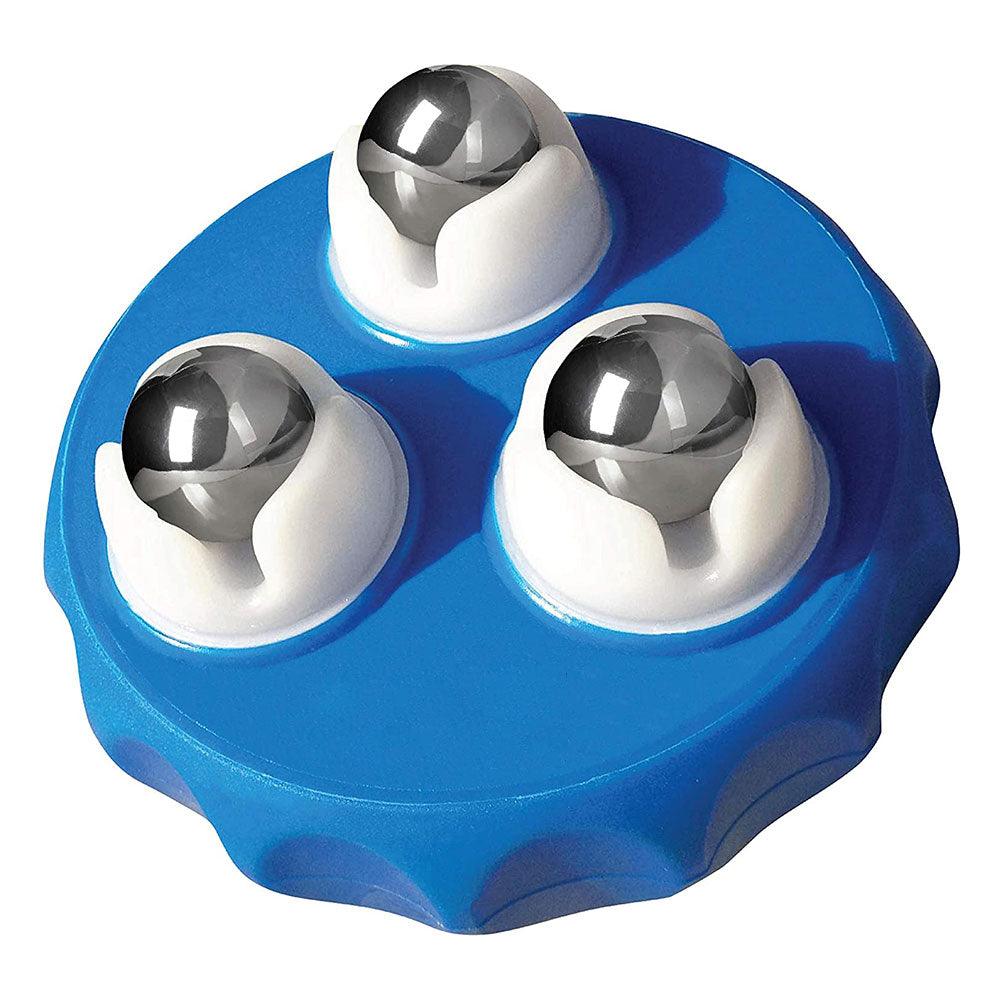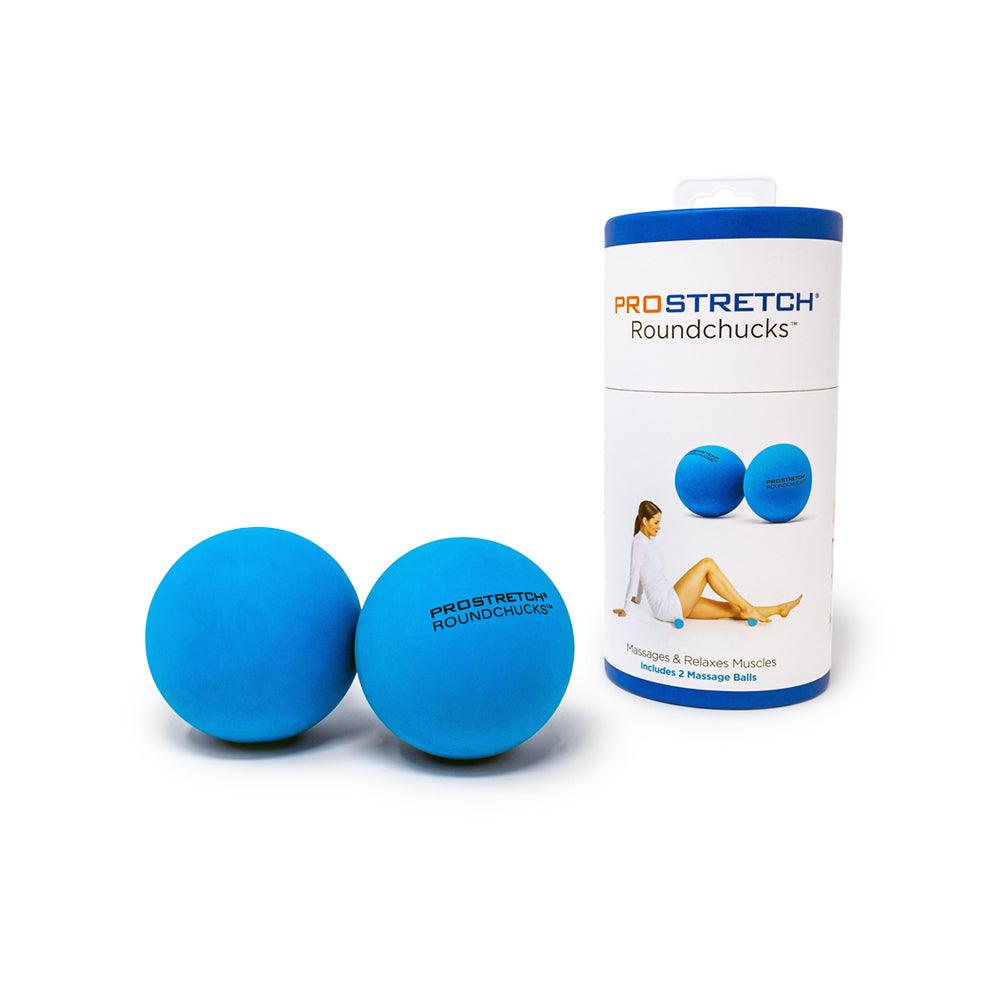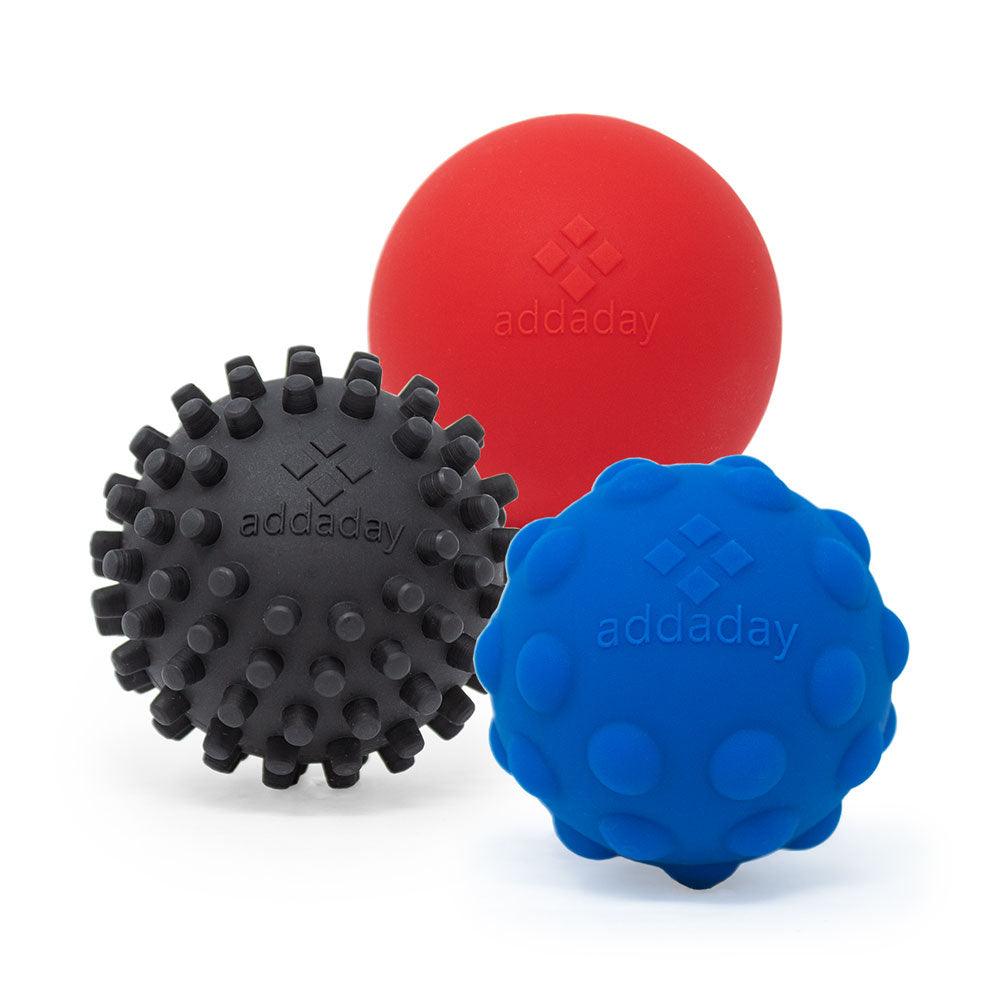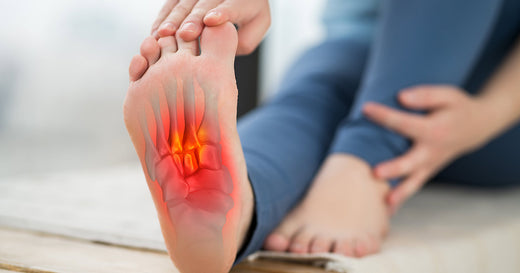Shoulder pain is a common ailment, with statistics showing that 18-26% of adults experience it at some point. Rotator cuff disorders are the primary cause, accounting for 70-90% of cases. Women and individuals aged 40 and older are more commonly affected. Prompt diagnosis, treatment, and preventive measures are crucial for managing shoulder pain and restoring shoulder function.
Causes
Shoulder Pain Causes
Shoulder pain can be a debilitating condition that hampers your daily activities and diminishes your quality of life. Whether you're an athlete, office worker, or simply engaged in everyday tasks, understanding the causes of shoulder pain is essential for effective management and prevention.
Common causes for shoulder pain:
- Overuse and Repetitive Motion Injuries
- Rotator Cuff Disorders
- Shoulder Impingement Syndrome
- Frozen Shoulder (Adhesive Capsulitis)
- Shoulder Arthritis
- Shoulder Instability
- Bursitis
In this comprehensive guide, we will delve into the various factors that contribute to shoulder pain, exploring both common and lesser-known causes. By shedding light on these shoulder pain causes, we aim to equip you with the knowledge to make informed decisions about your shoulder health.
Overuse and Repetitive Motion Injuries:
One of the primary culprits behind shoulder pain is overuse and repetitive motion. Activities that involve frequent, overhead movements can lead to strain and injury. Common examples include sports like tennis, swimming, golf, and weightlifting, where repetitive motions place excessive stress on the shoulder joint. Even daily activities such as yard work, housework, or hunching over a computer can contribute to muscle imbalances and the development of shoulder pain. These repetitive motion injuries often result in muscle shortening and tightness, leading to discomfort and reduced range of motion.
Rotator Cuff Disorders:
The rotator cuff is a group of muscles and tendons that stabilize the shoulder joint and facilitate its movements. Disorders affecting the rotator cuff are a prevalent cause of shoulder pain. Rotator cuff injuries can range from mild inflammation (tendonitis) to partial or full-thickness tears. These injuries often result from trauma, repetitive strain, or degenerative changes due to aging. Individuals engaged in overhead activities or occupations that require repetitive arm movements are at a higher risk of developing rotator cuff disorders. Symptoms may include pain, weakness, limited mobility, and difficulty performing routine tasks.
Shoulder Impingement Syndrome:
Shoulder impingement syndrome occurs when the tendons of the rotator cuff and the bursa (a fluid-filled sac that cushions the tendons) become compressed within the shoulder joint. This compression can occur due to anatomical abnormalities, repetitive overhead motions, or muscle imbalances. The impingement causes pain and inflammation, which worsen with reaching, lifting, or other movements. Poor posture, weak shoulder muscles, and bone spurs can contribute to this condition.
Frozen Shoulder (Adhesive Capsulitis):
Frozen shoulder, also known as adhesive capsulitis, is a condition characterized by stiffness and pain in the shoulder joint. It typically develops gradually and progresses through three stages: freezing, frozen, and thawing. The exact cause of frozen shoulder is not fully understood, but it often occurs following a period of immobilization or in individuals with certain medical conditions such as diabetes or thyroid disorders. The condition involves the thickening and tightening of the joint capsule, leading to reduced range of motion and significant discomfort.
Shoulder Arthritis:
Arthritis, a condition characterized by joint inflammation, can affect the shoulder joint and lead to chronic pain. The most common types of arthritis that impact the shoulder are osteoarthritis and rheumatoid arthritis. Osteoarthritis occurs when the protective cartilage covering the ends of bones wears down over time, causing pain, stiffness, and limited mobility. Rheumatoid arthritis, on the other hand, is an autoimmune disease that leads to joint inflammation and can affect multiple joints, including the shoulder. Arthritis-related shoulder pain often worsens with movement and can be accompanied by swelling and warmth in the joint.
Shoulder Instability:
Shoulder instability refers to a condition in which the structures that normally keep the shoulder joint in place become loose or injured, leading to frequent dislocations or subluxations (partial dislocations). This instability can result from traumatic injuries, repetitive strain, or certain anatomical factors. Symptoms include a feeling of shoulder "slipping," pain, weakness, and an increased risk of dislocation during certain movements. Shoulder instability requires appropriate diagnosis and treatment to prevent further damage and recurrent dislocations.
Bursitis:
Bursae are small, fluid-filled sacs located throughout the body, including the shoulder joint. These sacs help reduce friction between tendons, muscles, and bones. When a bursa becomes inflamed, it leads to a condition called bursitis. Shoulder bursitis can occur due to repetitive motions, traumatic injuries, or underlying conditions like arthritis. The inflamed bursa causes localized pain, tenderness, and swelling in the affected area.
Shoulder pain can stem from a variety of causes, ranging from overuse and repetitive motion injuries to specific conditions like rotator cuff disorders, frozen shoulder, arthritis, shoulder instability, and bursitis. Understanding the underlying factors contributing to shoulder pain is crucial for effective management, treatment, and prevention. If you experience persistent or worsening shoulder pain, it is recommended to consult with a healthcare professional for an accurate diagnosis and tailored treatment plan. By prioritizing shoulder health and adopting preventive measures, you can reduce the risk of future shoulder pain and maintain optimal functionality for a pain-free life.
Symptoms
Shoulder Pain Symptoms
Shoulder pain can significantly impact your daily life, making even the simplest tasks challenging. Recognizing the symptoms associated with shoulder pain is crucial for timely diagnosis and appropriate treatment.
Common Shoulder Pain Symptoms:
- Persistent Shoulder Pain
- Limited Range of Motion
- Weakness and Muscle Imbalance
- Shoulder Instability
- Swelling and Inflammation
- Nighttime Discomfort
In this comprehensive guide, we will explore the common symptoms of shoulder pain, helping you understand the signals your body may be sending and empowering you to take proactive steps towards relief.
Persistent Shoulder Pain:
Persistent shoulder pain is one of the primary indicators that something may be wrong. If you experience ongoing discomfort or aching in your shoulder that lasts for an extended period, it may be a sign of an underlying issue. Persistent shoulder pain can range from a dull ache to sharp, shooting pain, depending on the cause. It's important to pay attention to the duration and intensity of the pain, as it can provide valuable information for diagnosis.
Limited Range of Motion:
Another common symptom of shoulder pain is a limited range of motion. You may find it difficult to move your shoulder freely or perform activities that require raising, reaching, or lifting your arm. The restricted mobility may be accompanied by stiffness or a feeling of tightness in the shoulder joint. It's important to note any significant changes in your shoulder's range of motion and communicate them to your healthcare provider.
Weakness and Muscle Imbalance:
Shoulder pain can lead to muscle weakness and imbalances. You may notice a decrease in strength when lifting or carrying objects, as well as difficulty performing tasks that once seemed effortless. Muscle imbalances can contribute to altered posture and movement patterns, further exacerbating the shoulder pain. If you experience weakness or noticeable muscle imbalances in the shoulder area, it is advisable to seek medical attention for a comprehensive evaluation.
Shoulder Instability:
Shoulder instability is characterized by a sensation of the shoulder "slipping" or feeling loose. If you frequently experience dislocations or subluxations (partial dislocations) of your shoulder joint, it could be an indication of shoulder instability. This instability may lead to recurring episodes of pain and the inability to engage in certain activities without fear of joint displacement. It's essential to discuss these symptoms with a healthcare professional to determine the underlying cause and develop an appropriate treatment plan.
Swelling and Inflammation:
Swelling and inflammation are common manifestations of shoulder pain, often associated with conditions such as bursitis or arthritis. If your shoulder appears visibly swollen, feels warm to the touch, or exhibits redness, it suggests an inflammatory response within the joint. Swelling and inflammation may be accompanied by tenderness or increased sensitivity in the affected area.
Nighttime Discomfort:
Shoulder pain can disrupt your sleep patterns and cause discomfort during the night. You may find it challenging to find a comfortable position to rest your shoulder, leading to disturbed sleep and waking up with increased pain or stiffness. Nighttime shoulder pain can significantly impact your overall well-being and should be addressed with proper medical guidance.
Recognizing the symptoms associated with shoulder pain is vital for early intervention and effective treatment. If you experience persistent shoulder pain, limited range of motion, muscle weakness, shoulder instability, swelling, or nighttime discomfort, it's crucial to consult with a healthcare professional for a comprehensive evaluation. Prompt diagnosis and tailored treatment can help alleviate your shoulder pain, restore mobility, and enhance your overall quality of life.
Treatments
Shoulder Pain Treatment
When you are experiencing shoulder pain, immediate relief is undoubtedly a priority in your treatment plan. However, it's crucial to understand that long-term healing and rehabilitation are equally important for preventing further injury and restoring full strength and range of motion to your shoulder. While seeking immediate relief, it is always recommended to consult with your doctor regarding long-term treatment options tailored to your specific injury or condition.
In the meantime, Medi-Dyne offers a range of products designed to provide both immediate relief and support long-term healing for shoulder pain. Whether you're seeking immediate pain relief or aiming to prevent further injury and regain strength and mobility, Medi-Dyne has you covered.
FOR IMMEDIATE RELIEF
Support Products:
 Prevents the muscles and tendons from pulling and tearing during activities such as swimming. |
FOR LONG TERM HEALING
Stretching and Strengthening Products:
 Developed to help people regain and improve flexibility in their shoulder and rotator cuff muscles. The unique design of the Shoulder Flex allows for the user to apply leverage to the arm in a variety of positions to create tension on specific muscles. This tension translates into improved flexibility for regaining range of motion due to surgery or injury. |
 Designed to help with shoulder pain by providing a stretching and strengthening exercise for the muscles and connective tissues in the shoulder area. |
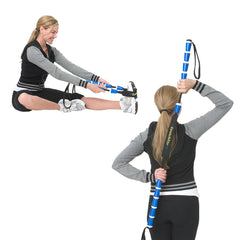 Allows you to perform targeted stretches for the shoulder muscles, including the rotator cuff muscles and the muscles of the upper back. Stretching helps to alleviate muscle tension and tightness, which are common contributors to shoulder pain. |
Massage Products:
 Provides deep tissue massage, allowing you to apply pressure directly to the muscles and soft tissues around the shoulder joint. Deep tissue massage helps relieve muscle tension, improve blood circulation, and reduce inflammation, which can contribute to shoulder pain relief. |
|
 Provide deep tissue massage to the muscles and tissues surrounding the shoulder joint. By applying pressure and rolling the device over the affected area, it helps to relax and release tension in the muscles, reducing pain and stiffness. |
|
 Provides targeted massage and trigger point therapy. By rolling the device along the muscles surrounding the shoulder joint, it can help relieve tension, reduce muscle knots, and promote relaxation. |
When it comes to shoulder pain, effective treatment is essential for relieving discomfort and restoring shoulder function. The appropriate course of treatment for your shoulder pain will depend on the underlying cause and severity of your condition. Non-surgical options such as rest, ice, physical therapy, and anti-inflammatory medications are commonly prescribed to manage shoulder pain.
Physical therapy exercises can help strengthen the muscles surrounding the shoulder joint and improve range of motion. In more severe cases or when conservative treatments fail, surgical interventions such as arthroscopy or joint replacement may be considered. Consulting with a healthcare professional is crucial to determine the most suitable treatment plan tailored to your specific needs and to embark on a journey towards a pain-free shoulder and improved quality of life.
PLEASE NOTE: The information on this website and article is for information only and should not be used as a substitute for consulting your doctor. Consult your doctor for proper diagnosis and rehabilitation.





